
Relation and FunctionsQuestion and Answers: Page 5
Question Number 163720 Answers: 1 Comments: 0
Question Number 163508 Answers: 0 Comments: 0
Question Number 162823 Answers: 2 Comments: 0
Question Number 162509 Answers: 0 Comments: 0
Question Number 161485 Answers: 0 Comments: 0
Question Number 161442 Answers: 1 Comments: 0
Question Number 161391 Answers: 0 Comments: 4
Question Number 161387 Answers: 0 Comments: 0
Question Number 161114 Answers: 0 Comments: 0
Question Number 160305 Answers: 0 Comments: 0
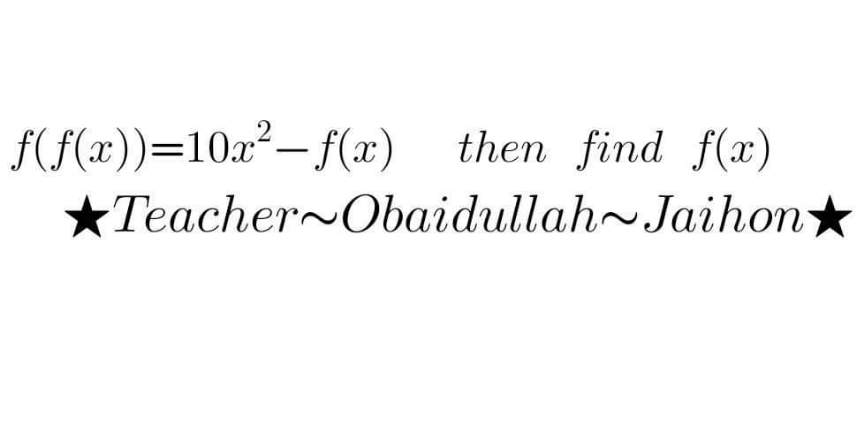
Question Number 160304 Answers: 0 Comments: 0
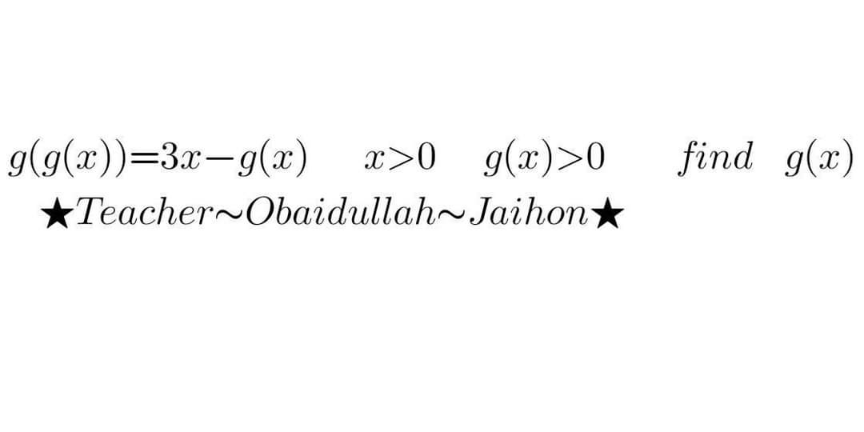
Question Number 160136 Answers: 1 Comments: 0
Question Number 159817 Answers: 0 Comments: 0
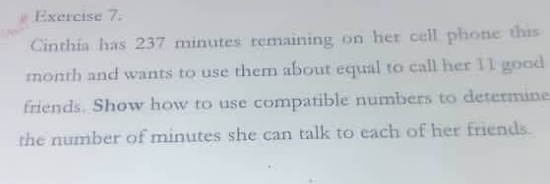
Question Number 158862 Answers: 1 Comments: 0
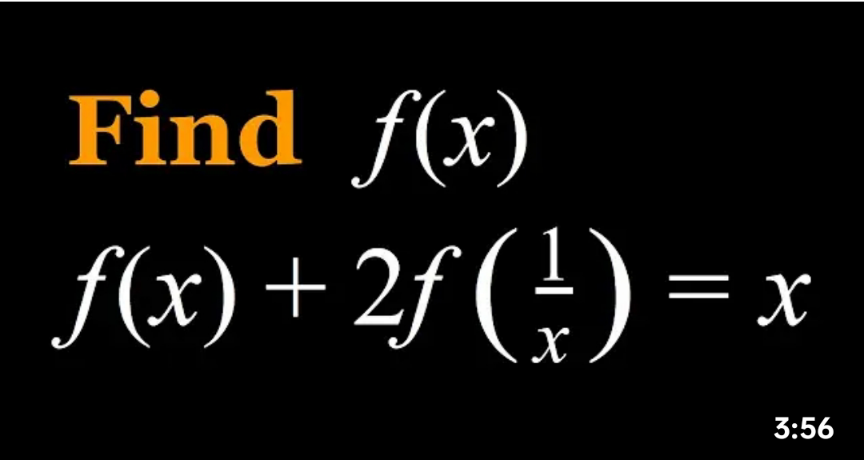
Question Number 158805 Answers: 0 Comments: 0
Question Number 158668 Answers: 1 Comments: 0
Question Number 158334 Answers: 1 Comments: 3
Question Number 158306 Answers: 0 Comments: 3
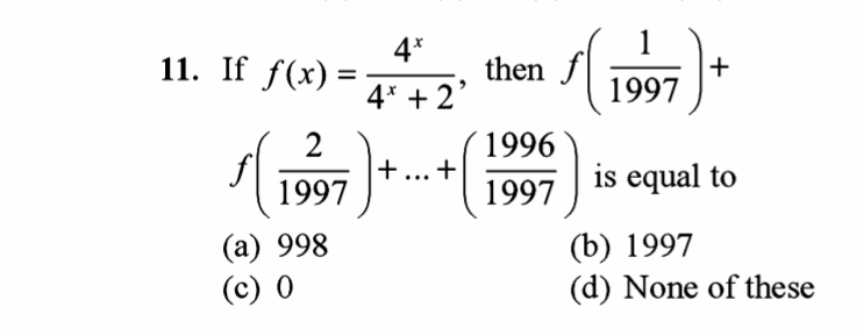
Question Number 158166 Answers: 0 Comments: 1
Question Number 156793 Answers: 1 Comments: 0
Question Number 156647 Answers: 0 Comments: 0
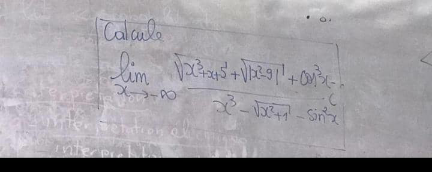
Question Number 155809 Answers: 1 Comments: 0
Question Number 154668 Answers: 1 Comments: 2
Question Number 154553 Answers: 0 Comments: 0
Question Number 154467 Answers: 1 Comments: 0
Question Number 154441 Answers: 1 Comments: 1
